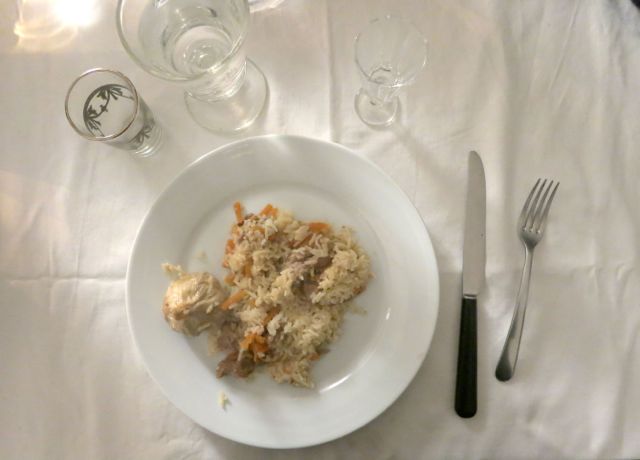
As much as I like to host dinner parties, I enjoy going to friends’ houses even more. Which is not so surprising, since I have very good friends, who are also very good cooks. And I’m not talking about my chef or restaurant-owning friends. I’m talking about my girlfriends (and some boys too) who not only love to cook, but who are also very good at it.
My friend Eugenia is known in our circle of hungry eaters as the person who will bring dessert. She is the master of brownies, is also highly skilled at producing the most delicious apple pies, fruit crumbles and all other sorts of sweets that expats long for. And while I’ll be getting to one of her recent sweet creations later on, for now she’s been kind enough to reveal the secrets of what has become her signature dinner party dish: Fergana Pilaf.
Winter in Rome is never that cold, and the few months where you can actually put on a hat and gloves without breaking into a sweat are few. Eugenia has decided, over the last few years, that this is the perfect time to break out the pilaf. Because this pilaf is hearty, full of meat and warming enough to warm you up even if we are far from the steppes of Uzbekistan.
Although Eugenia, and her husband Vladimir, are Russian (American actually, but with Russian parents and – in Vladimir’s case – a hefty dose of Russian accent and sensibility) this is no old family recipe. A few years ago a friend of theirs gave them what I am sure is the only copy in Italy of Khazan-Mangal and other Manly Pleasures, by Stalik Hankishiev. And in it are the detailed instructions, with step by step photographs, of the making of this pilaf.
Did I mention the cookbook is in Russian? When I asked Eugenia to translate the recipe for me I knew I was asking a lot. The recipe – with photos – went on for about 12 pages. But I figured that translating it was nothing compared with the effort of making it.
“You have to have the pot” Eugenia told me, by way of discouraging me I think. The pot – a heavy and intimidatingly black iron thing – is so integral to the recipe that it is part of the title.
Another thing I have to tell you about the enjoyment of the dish – at least chez Radunsky – is all about the whole ritual of the thing. While it is beyond delicious, there is something about the special pot, the crystal goblets of vodka and – key I think – Vladimir’s improvised heat-to-toe Uzbeki outfit – that adds an entirely new dimension to what probably was a simple peasant dish.
The ingredients are few, and easy enough to get, so you shouldn’t have any problem on that front. Once you get a hold of a massive cast iron pot, you’re on your way.
As far as the Uzbeki dress and cap? You’ll have to contact Vladimir for that seasoning. 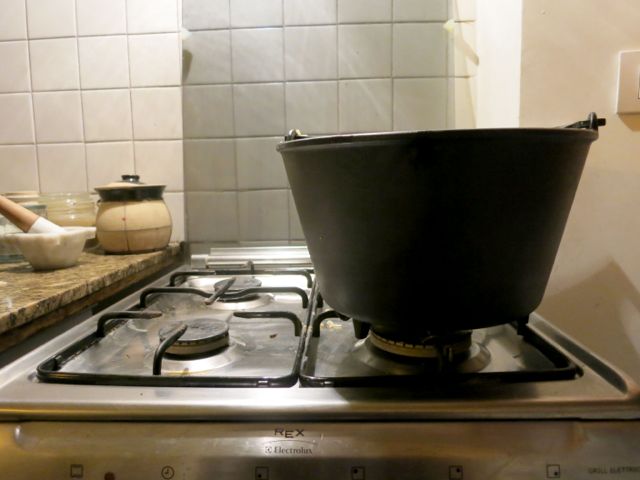
Fergana Pilaf
From book : Khazan-Mangal and other Manly Pleasures
Equipment: a large cast-iron pot (Khazan) with tight lid.
1 kilo rice (long grain, for pilaf, not basmati and not arborio)
1 kilo meat (beef or lamb) cubed into 2×3 cm pieces
250 grams vegetable oil
500 grams onion (4-5) sliced into thin rings
500 grams carrots, julienned
3 whole heads of garlic, unpeeled and left in tact
3 hot peppers
salt
2 tablespoons cumin seeds, lightly crushed
Heat oil to a white haze. Put onion rings into the boiling oil, and fry until reddish-brown, making sure that all the water evaporates. Add the cubes of meat to the pot and fry it with the onion until a golden crust forms. Add all the carrots in an even layer and cook for 10-15 minutes until they start to get soft, do not stir. Sprinkle with half of the crushed cumin.
Add the boiling water, so it covers the contents of the pot by 2-3cm and bring to a over a moderate heat. Add the garlic heads and the hot peppers , reduce the heat to moderate and let cook for 45-50 minutes until it becomes reddish in color (this is called “zirvak”). At this point add salt: about 1 1/2 tablespoons.
In the meantime, prepare the rice. Wash it in many changes of cold water until the water runs completely clear. Cover with warm water and set aside.
When “zirvak” is ready, drain the washed rice, spread in an even layer, and pour boiling water over it to cover the rice 1,5-2,5 cm. Increase heat and bring to a boil. Once all the water evaporates from the surface of the rice, check to see that there is no more water left at the bottom of the pot. If there is still water, make small holes in the rice with the back of a wooden spoon, so that water can escape. Sprinkle the other half of the cumin on top, cover with a tight lid (or an overturned bowl if you don’t have the right lid), turn the heat down as low as possible and let steam for 20-25 minutes.
Remove the lid carefully to avoid the water gathered beneath it getting into the pilaf.
Before serving, remove the garlic heads and the hot peppers, mix the pilaf and spread on a large platter, decorating with the garlic and the peppers. 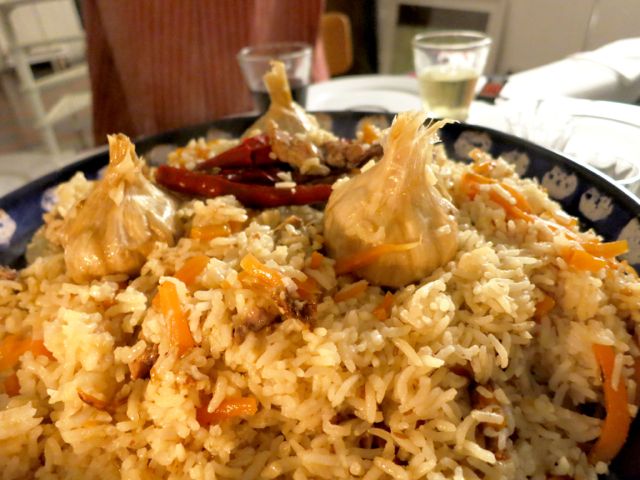
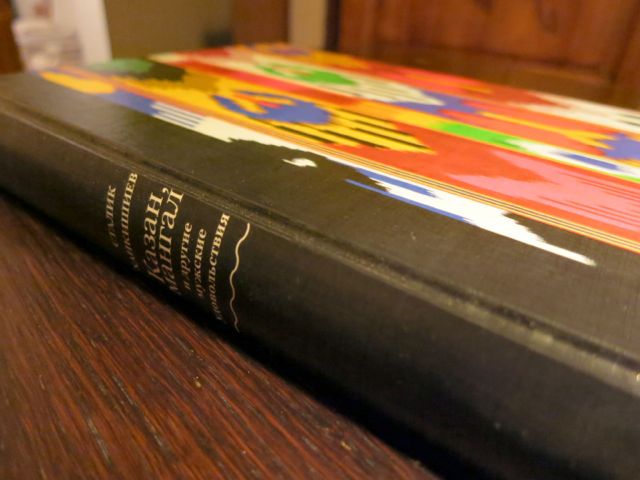
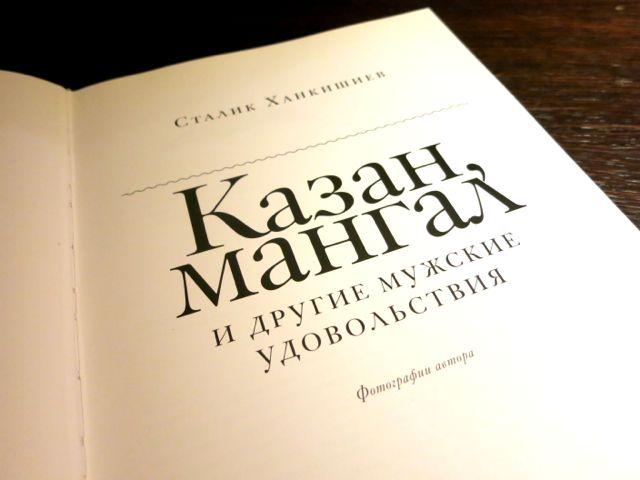
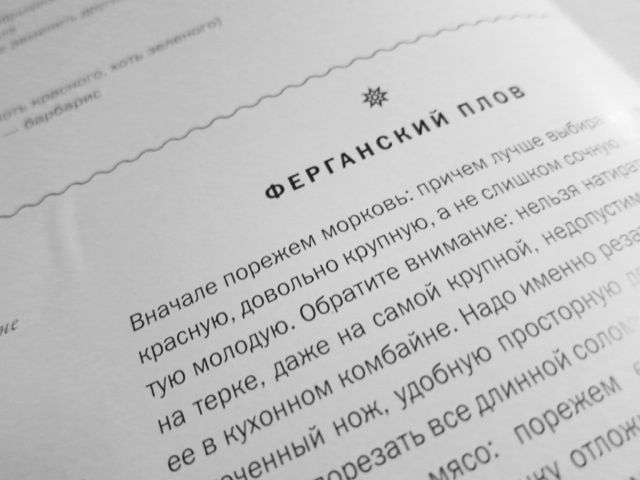
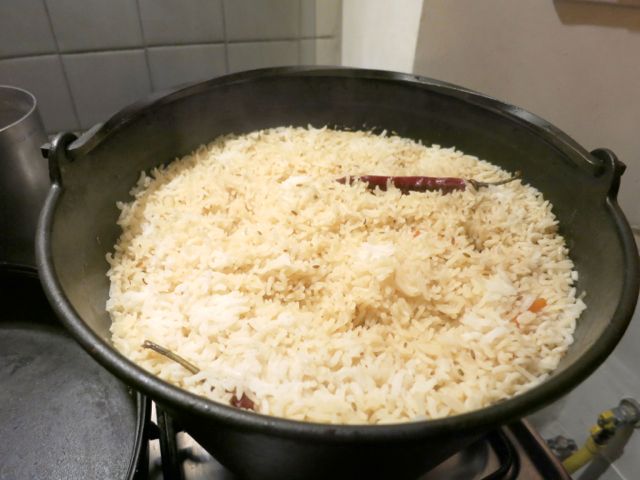
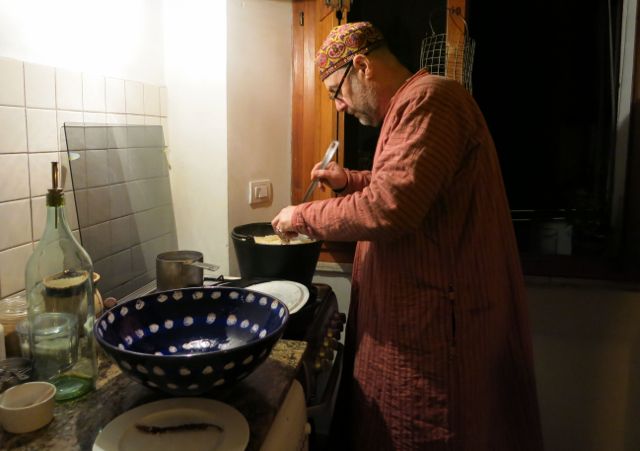
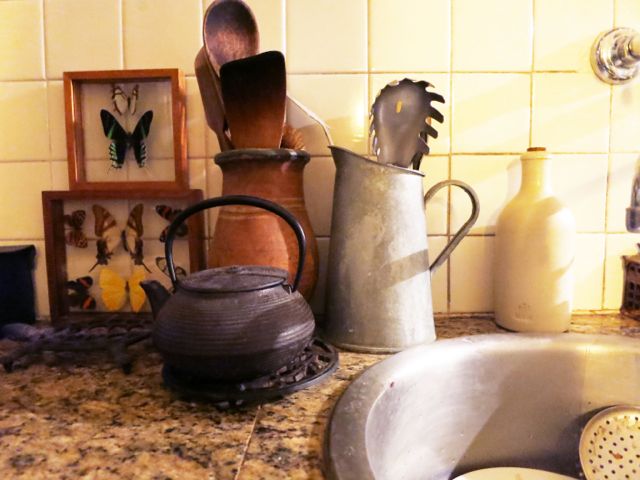
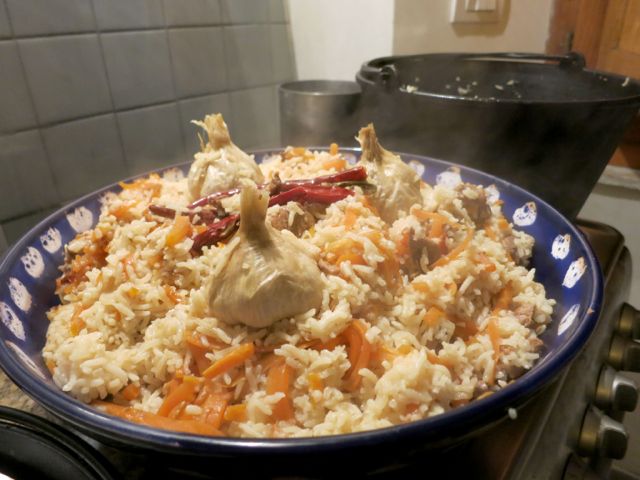
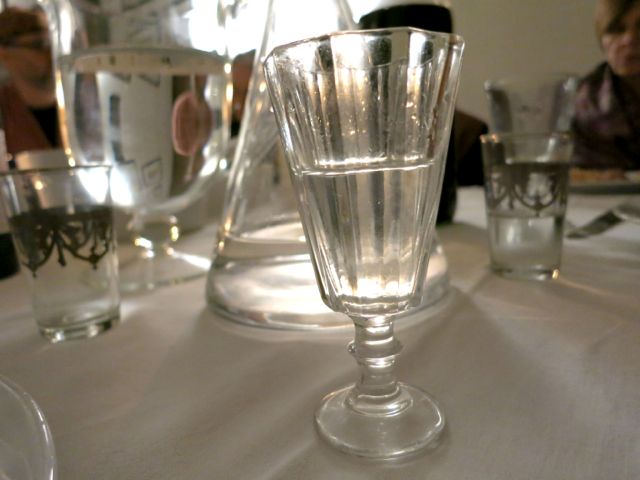
My Mom lived in Fergana between 1941 and 1945. Mom and family evacuated to Fergana as Germans were bombing Kharkov. They left on the last train to Uzbekistan, according to Mom.
Mom used to make this pilaf (plov in Russian) and it was delicious!! She made hers with lamb and would saute the shredded carrots beforehand, so it would give a nice, dark orange hue to the plov. I read the recipe and jumped off my sit when it said to make holes in rice with the end of wooden spoon, since this is what Mom did.
It was a big production, at least for Mom who tends to be slow and meticulous, so she would not make it very often. She would make it if someone asked for their Birthday or a special occasion.
Mom made her plov in a cast iron pot. She did not wear the cap though 😉
Thank you for the memories!
Anna
What an incredible story! Thank you so much for sharing it. And I understand your mom keeping it for a special occasion, because it really is a big production. Which is why I’m always so happy when Eugenia decides it’s pilaf time.
Dear Elizabeth! I found your interest about pilaf( I can explain to you how to prepare Real Uzbek Pilaf in your Home if you interesting)please contact to my email > [email protected]
Thank you,
Sam